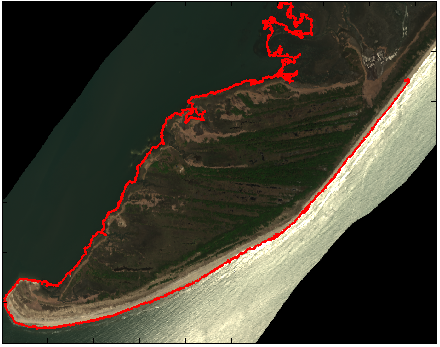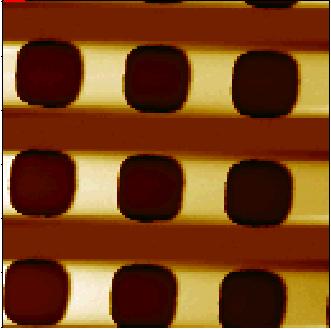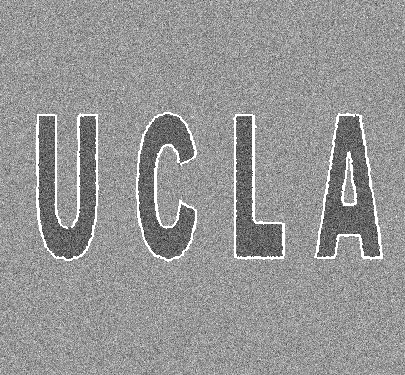Mucus coats all exposed organs such as the airways, intensines, and the female reproductive tracts, and these secretions play an essential role in our defense against foreign pathogens by acting as a buffer zone between invading pathogens and the underlying tissues. Its protective role, however, has often received relatively little attention, however, because of the poor understanding of how quickly pathogens cross mucus secretions. Our research group has introduced a model to quantify the degree of protection which can be provided by antibodies, which bind to viruses within the mucus layer, before the viruses can reach vulnerable tissue.
Publications:
S. McKinley, A. Chen, F. Shi, S. Wang, P. Mucha, M.G. Forest, S. Lai (2014). Modeling neutralization kinetics of HIV-1 by broadly neutralizing monoclonal antibodies in genital secretions coating the cervicovaginal mucosa. PLoS one, 9(6), e100598.
A. Chen, S. McKinley, S. Wang, F. Shi, P. Mucha, M.G. Forest, S. Lai (2014). Transient antibody-mucin interactions produce a dynamic molecular shield against viral invasion. Biophysical Journal 106(9), 2028--2036.
A. Chen, S. McKinley, S. Wang, F. Shi, P. Mucha, M.G. Forest, S. Lai. Lack of virion collision in mucus limits role of sIgA-mediated immune exclusion at mucosal surfaces. Submitted to Biophysical Journal.
MATLAB GUI of Model from PLoS one paper: MATLAB GUI





